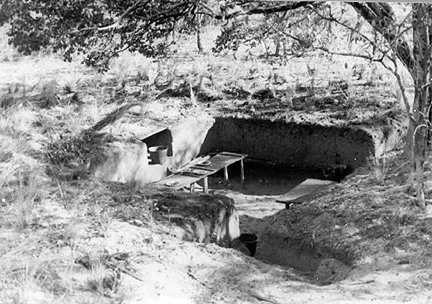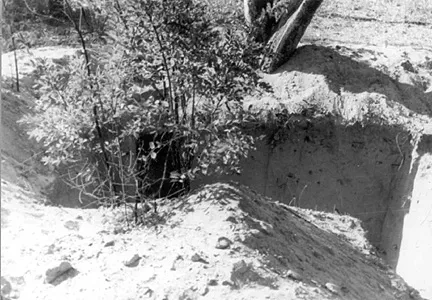In order to do this 32 Battalion operated from November 1976 to March 1977 largely in the Yati Strip.
The operation was led up to by a number of encounters or "contacts" in the strip with insurgents.
It was then that 32 battalion switched from simple patrols to sweeping for forward operating bases.



It became clear during these operations that small groups of PLAN insurgents were not really intent on a fight and would withdraw quickly further into Angola even quite quickly retreating from well defended positions.
Plan also began hugging the MPLA and Cuban bases more closely in the hopes that the South African would be less likely to engage them so close to the Angolan military presence.
According to Wikipedia
By the end of 1977 it was clear that the South African government would have to take stronger action to curb guerrilla activity. On October 25, 1977, SADF spokesman Wally Black disclosed that there were 300 PLAN militants in the operational area and skirmishes with security forces averaged a hundred a month. A further 2,000 PLAN were active in Angola and 1,400 in Zambia near the Caprivi Strip. Not long after Black's statements an exceptionally large PLAN force of over 80 guerrillas was able to infiltrate the border. The SADF was concerned that such raids could be indicative of a PLAN strategy to increase its semi-conventional capabilities and operate in larger cadres. For over a decade South Africa had concentrated on a counter-insurgency doctrine based on fighting small, lightly armed, and relatively disorganised partisans. PLAN's decision to escalate the war had forced a change in priorities; comparatively punitive actions such as Operation Seiljag were no longer regarded as adequate.
This would lead to Operation Reindeer and the so called "Casinga massacre" and the political disaster it would become.
The South African Border War - 1976, The end of a chapter and the beginning of a new phase.
The South African Border War - Mines, Mines did I say mines?